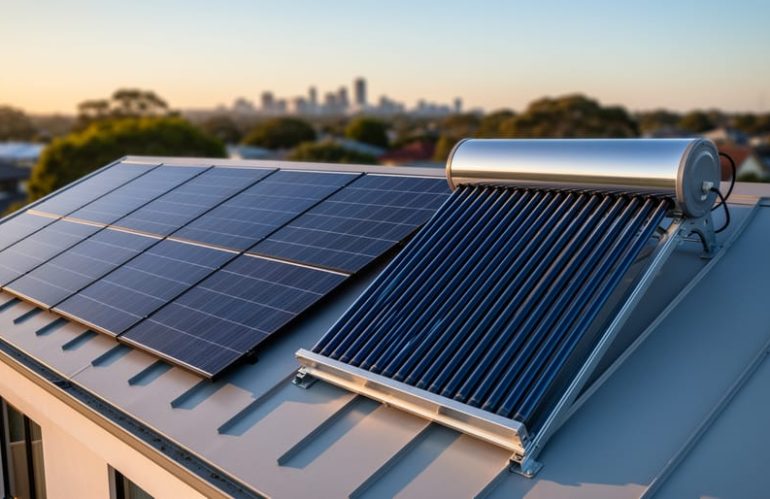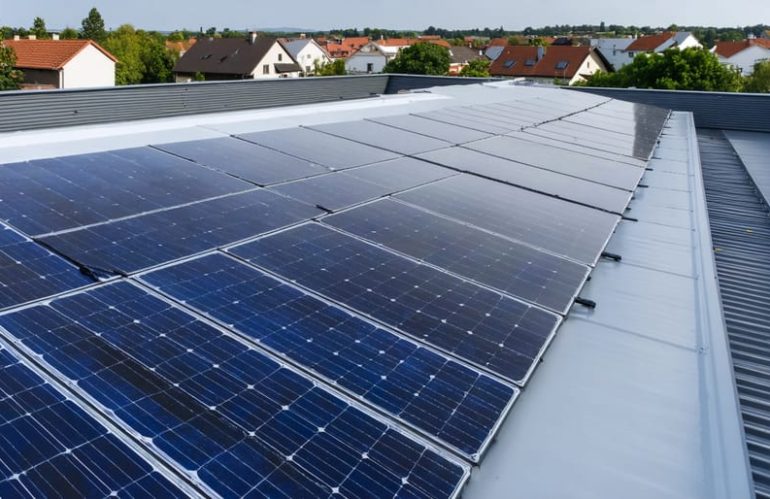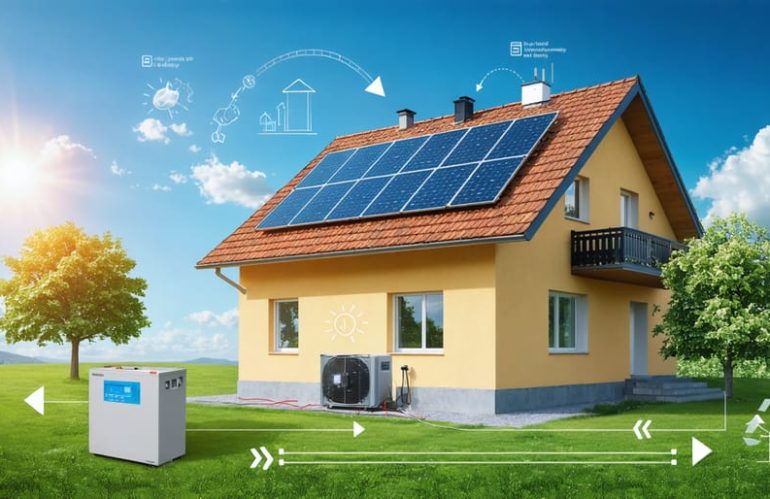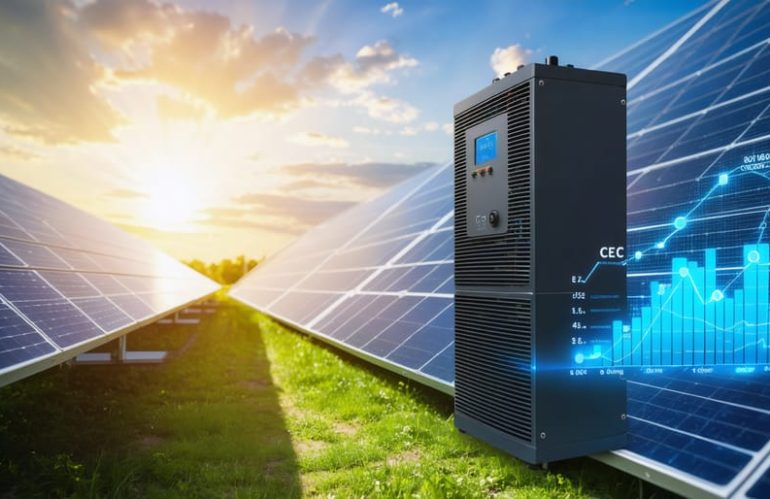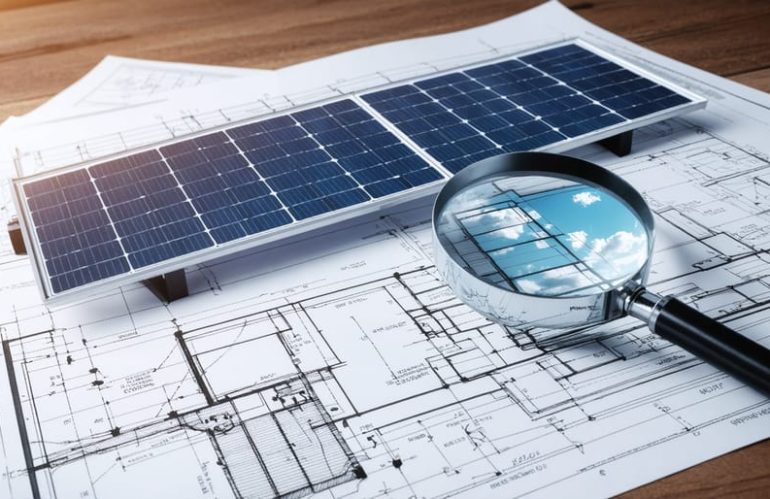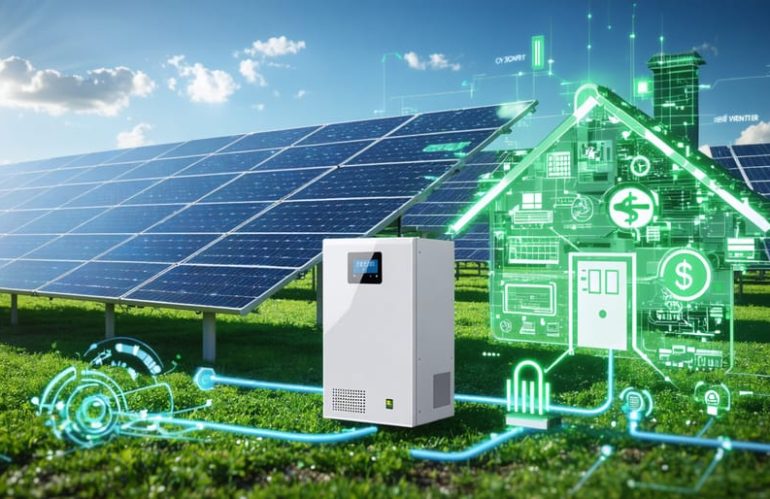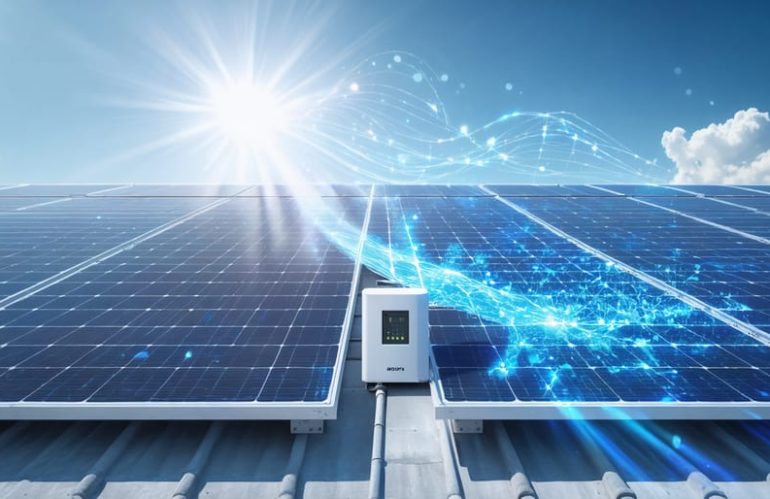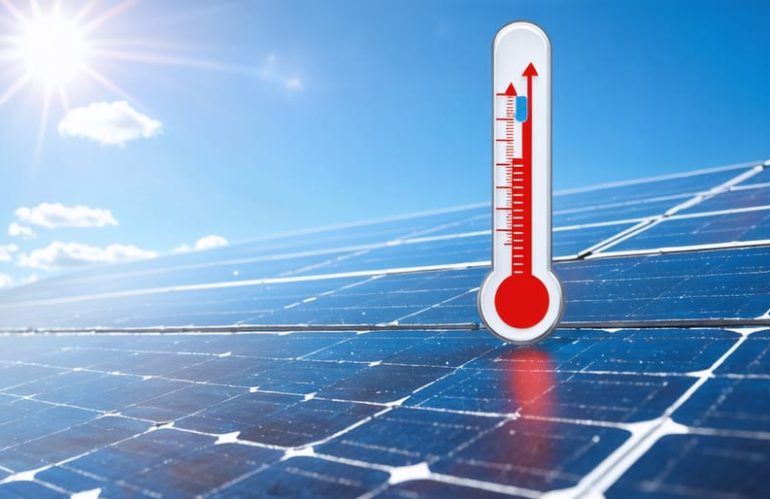Your solar panels might be losing 10-25% of their power generation capacity on hot summer days, and most homeowners don’t even know it’s happening. While you’ve probably heard about solar photovoltaic (PV) panels that convert sunlight into electricity, there’s often confusion about solar thermal systems and how heat itself affects your investment.
Solar thermal energy systems capture the sun’s heat directly, typically to warm water or spaces in your home. These are completely different from the PV panels on most rooftops, which actually perform worse as temperatures climb. This temperature paradox …
Category: Technical Specifications and Performance
Technical details, performance metrics, and system specifications
PV Thermal Panels: How to Maximize Both Electricity and Heat from Your Solar Investment
Imagine slashing your energy bills while helping the planet – that’s the power of PV thermal panels, an innovative solution that combines solar electricity generation with water heating in a single, elegant system. These hybrid panels, also known as PVT collectors, represent a breakthrough in renewable energy technology, capturing up to 80% of available solar energy compared to the 20% efficiency of traditional solar panels alone.
By harvesting both electricity and heat from the same roof space, PV thermal panels offer homeowners a compelling two-in-one solution for their energy needs. The thermal component not only …
Solar Battery Storage: How Your Home Can Capture and Keep Free Energy
Solar battery storage systems represent the missing link in achieving true energy independence with renewable power. By capturing excess electricity generated during sunny days, these intelligent storage solutions enable homeowners to maximize solar panel investment and break free from grid dependence. Think of it as having your personal power bank – when the sun sets or during cloudy weather, your stored solar energy seamlessly powers your home, eliminating the need to draw …
How CEC Efficiency Ratings Make or Break Your Solar Investment
CEC efficiency ratings reveal the true performance of solar inverters in real-world conditions, directly impacting your home’s energy production and financial returns. While manufacturers often advertise peak efficiency numbers, CEC (California Energy Commission) ratings provide a weighted average that better reflects how your inverter will perform throughout varying sunlight and temperature conditions. For homeowners investing in solar systems, understanding CEC efficiency helps make informed decisions that can translate to thousands of dollars in energy savings over time. Modern solar inverters typically achieve CEC efficiency …
Solar Energy System Disclosure: What Your Home Energy Audit Really Means
Solar energy system disclosure documents serve as your essential roadmap when considering a residential solar installation. These legally-required documents outline crucial details about your potential solar investment, including system specifications, estimated energy production, and financial obligations. Before signing any solar contract, homeowners must understand these disclosures to make informed decisions about their energy future.
Think of a solar disclosure document as your consumer protection blueprint – it reveals the true costs, performance expectations, and warranty information that might otherwise remain buried in …
Why Your Solar Inverter’s Efficiency Makes (or Breaks) Your Energy Savings
Inverter efficiency stands as the cornerstone of solar power system performance, directly impacting how much of your solar panels’ generated electricity actually powers your home. Modern solar inverters achieve impressive conversion rates of 95-98%, translating into substantial energy savings and faster returns on investment. Yet this critical component often remains overlooked when homeowners plan their solar installations.
Understanding inverter efficiency isn’t just about technical specifications – it’s about maximizing your solar investment and environmental impact. Every percentage point improvement in …
Maximize Your 8kW Solar System’s Output: How Inverter Efficiency Makes or Breaks Performance
An 8kW solar system typically generates between 30-40 kWh of electricity per day, making it an ideal choice for medium to large households looking to significantly reduce their energy bills. This powerful residential setup can produce enough energy to power essential appliances, heating systems, and even charge an electric vehicle, depending on your location and installation conditions.
The daily output of your 8kW system varies based on several crucial factors: geographic location, panel orientation, weather patterns, and seasonal changes. In optimal conditions – such as those found in sun-rich regions like Arizona or …
Zero Energy Ready Homes: Your Path to Energy Independence
Imagine a home so efficient it produces as much energy as it consumes – this is the revolutionary promise of zero energy ready homes. As energy costs continue to soar and climate concerns mount, these cutting-edge houses represent the future of sustainable living, combining advanced building techniques with smart design to slash utility bills while maximizing comfort.
Zero energy ready homes are built to exceptional standards of energy efficiency, featuring superior insulation, airtight construction, and high-performance windows and doors. What sets them apart is their ability to offset nearly all annual energy consumption …
How Temperature Affects Your Solar Panel Output (With Performance Chart)
Temperature plays a pivotal role in your solar panel’s performance, directly impacting your energy savings and return on investment. While solar panels harness sunlight efficiently, their power output typically decreases by 0.3% to 0.5% for every degree Celsius increase above optimal operating temperatures (25°C/77°F). Understanding this temperature-efficiency relationship helps homeowners make informed decisions about panel placement, maintenance, and performance expectations throughout the year.
A solar panel temperature efficiency chart reveals crucial insights: peak performance occurs during cool, sunny days, while …
Make Your Home a Solar Powerhouse: Smart Energy Upgrades That Pay Off
Transform your home into an energy-efficient powerhouse while helping to maximize your solar power performance. Smart energy upgrades not only reduce your monthly bills but can increase your home’s value by up to 10%. From enhanced insulation to smart thermostats, these ten home improvements work together to create a comprehensive energy-saving system that pays for itself over time.
The average American household wastes 35% of its energy through inefficient systems and …

